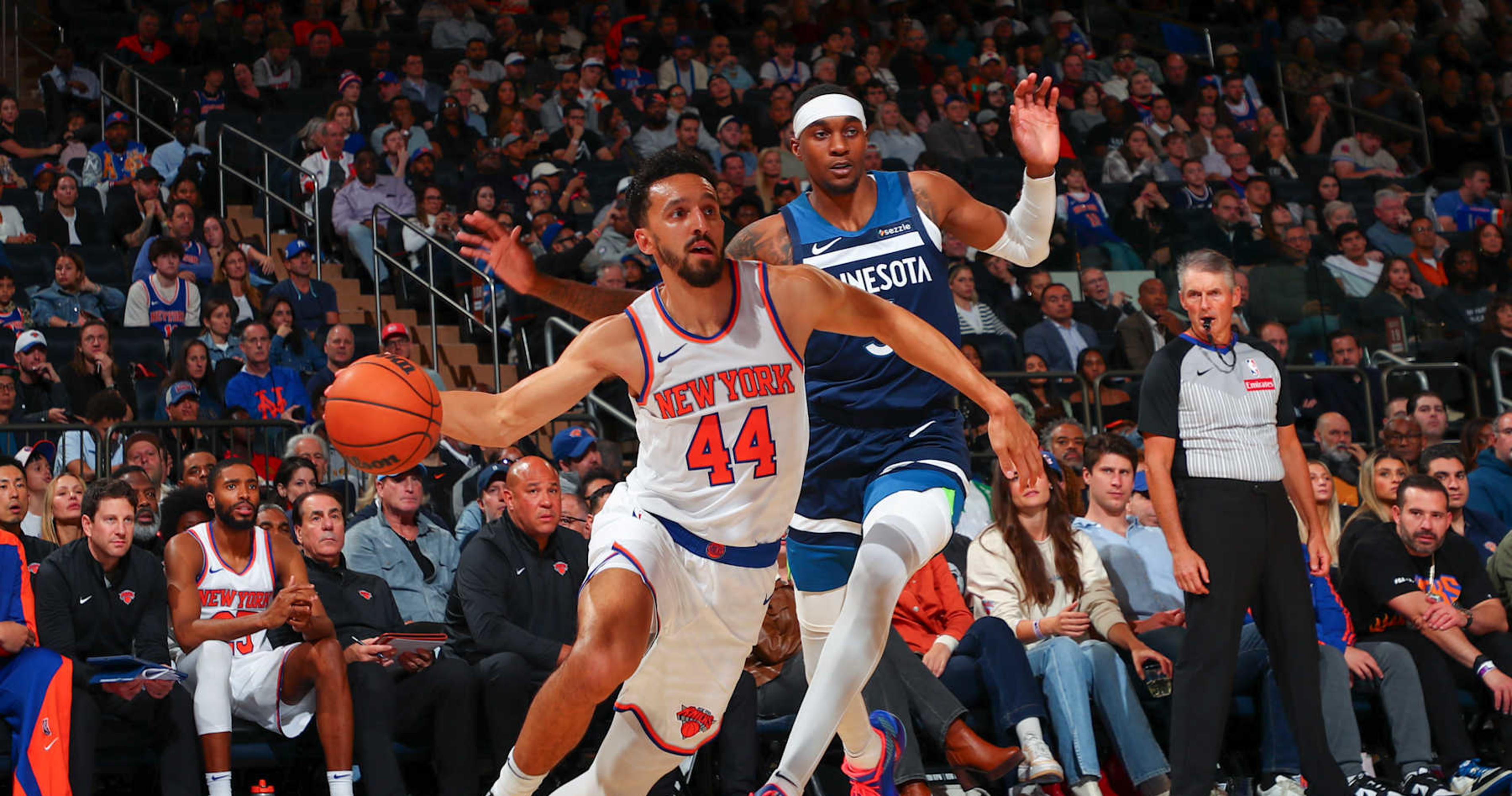Fashion
New York’s fashion economy is ‘at a crossroads’: report

Ahead of New York Fashion Week, a nonprofit coalition of corporations based in New York City warns that the region’s fashion economy is at risk of losing its luster compared to Paris and Milan.
Top designers and fashion companies “are less visibly engaged in New York and its institutions,” according to a report from Partnership for New York City released this week. In addition, fewer students are completing programs at the city’s main fashion schools, including Parsons School of Design, the Pratt Institute, and the Fashion Institute for Technology.
“Graduates are not necessarily staying in New York given the relatively high costs, global dispersion of suppliers and manufacturers, and options available for direct to-consumer sales and marketing from anywhere,” the report states.
The fashion industry in New York employs about 50,000 fewer people than it did a decade ago, and it is forecasted to continue to lose jobs over the next four years, per the report. Completion of fashion degree and certificate programs has also decreased by 30% from 2016 to 2022.
Report authors argue that these numbers point to vulnerabilities in the sector. The industry’s contribution to gross city product (GCP) started to decline in 2014 and dropped sharply between 2019 and 2020. Between 2012 and 2022, the industry’s GCP dropped 13.6% and “has yet to fully recover,” per the report.
The Partnership for New York City is a nonprofit whose membership includes business leaders and employers from corporate, investment and entrepreneurial firms, according to its website. In the fashion industry, its partners include LVMH, Macy’s, Tapestry and the Estée Lauder Companies, among others. The report was collected from research from McKinsey & Co. and other data.
The findings were also shaped by interviews with more than 40 people in the fashion industry, including brand leaders, retailers, investors, media, landlords, events and tradeshow managers and education leaders, per the report.
“New York is at a crossroads: government and fashion industry leaders must decide whether to make a strategic investment in the industry’s future or risk losing fashion’s defining contributions to New York’s economy, culture, and brand,” the report states.
Changes in the retail sector have had an impact on fashion, according to the report, including the rise of DTC brands and the closure of specialty stores in the city over the last five years, such as Henri Bendel, Barneys and Opening Ceremony. E-commerce’s escalation during the pandemic has also changed the way consumers buy, though New York remains a popular destination for flagship retail, per the report.
In addition, the report points to changes in fashion production and New York Fashion Week as reasons for the city’s vulnerabilities.There are about 125,000 jobs in Manhattan’s garment district, but the industry’s production isn’t restricted to the region, meaning established designers don’t need to be located there, per the report
“At the same time, emerging designers say that they still rely on the infrastructure that a local manufacturing ecosystem provides, benefitting from collaboration and rapid iteration while establishing their brands,” the report said. “They also often cannot meet the minimum volumes required to produce their goods overseas at scale.”
The report also references a “transformation” of New York Fashion Week, which it said “has led to what some fashion leaders believe is its diminished status, including changes to the media and influencing landscape, logistical challenges due to decentralization, movement of some American fashion superstars out of New York City, and the increasing cost of doing business.”
Social media and e-commerce create what the report calls a “decentralization of influence,” which means tastemakers and trendsetters could be anyone from anywhere, which is a change from the previous New York City-centric fashion influencers of the past.
To solve these problems, the report recommends forming deeper connections between the industry and schools to encourage more careers in fashion; increase promotion of New York Fashion Week and showcase more emerging designers; create a “Central Designer Campus,” for new and emerging designers to have a place to work and share resources; among other suggestions.









